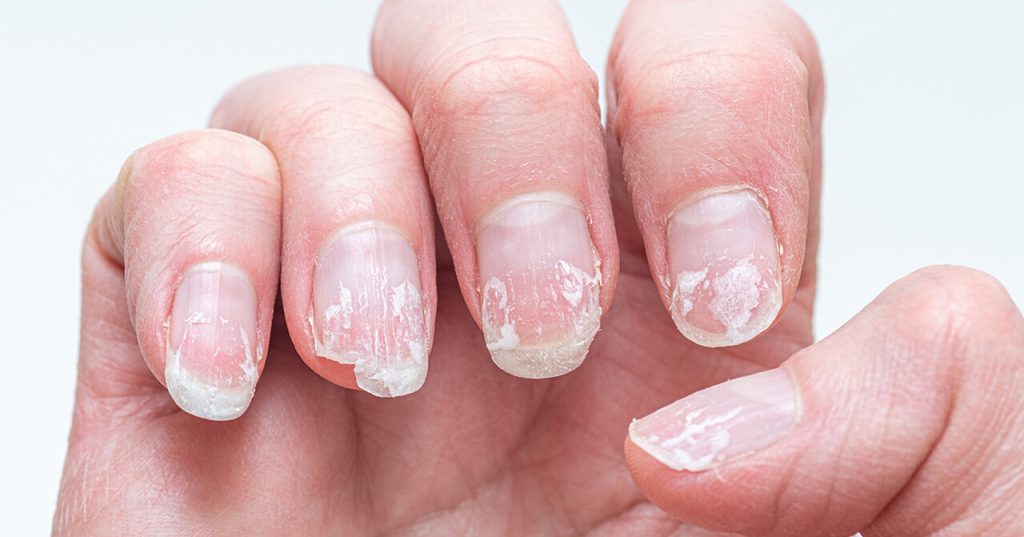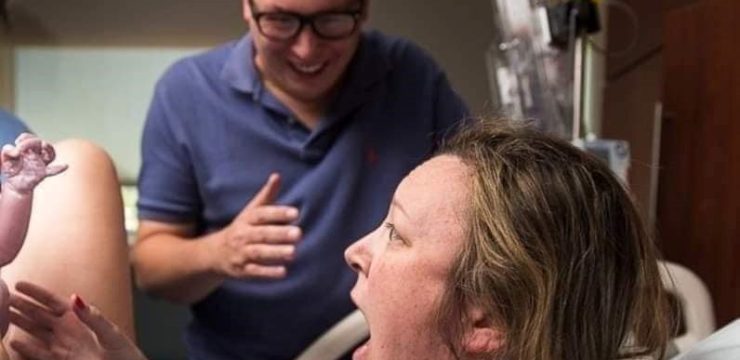What Your Nails Say About Your Health: A Comprehensive Guide

Manicures can give your nails a polished and flawless look, but underneath that shiny coat of nail polish, your nails might be telling a different story about your overall health. Subtle changes in the condition of your nails can serve as important indicators of what’s happening inside your body, potentially signaling issues with major organs like your liver, lungs, or heart.
While some nail changes are harmless or simply a natural part of aging, others could point to more serious underlying health problems. Recognizing these signs early and knowing when to seek medical advice can make a big difference in addressing potential health concerns.
In this article, we’ll explore different types of nail changes, what they might mean, and when to consider seeing a healthcare professional.
Types of Nail Stripes and Their Meanings
Vertical Stripes (Longitudinal Striations)
Vertical stripes are lines that run from the base of your nail to the tip. These are quite common and often become more noticeable as people age. The ridges are usually harmless and are considered a normal part of the aging process.
However, vertical ridges can also be a sign of nutrient deficiencies. A lack of key vitamins and minerals, such as vitamin B12, magnesium, or iron, might cause these stripes to appear. If these ridges suddenly become more pronounced, it could be worth checking for conditions like anemia or thyroid imbalances.
While most vertical stripes are not a cause for alarm, consulting a doctor for peace of mind is always a good idea if you notice sudden or significant changes.
Horizontal Stripes (Beau’s Lines)
Horizontal stripes, or grooves across the nails, can indicate more severe health issues. Known as Beau’s lines, these ridges often form when nail growth temporarily stops due to illness, injury, or extreme stress.
Common triggers for Beau’s lines include:
- Malnutrition
- Uncontrolled diabetes
- Heart attacks
- Lung diseases
According to the National Library of Medicine, when these grooves appear on all your nails, it could signal a systemic health problem, such as mumps, pneumonia, coronary thrombosis, Kawasaki disease, syphilis, or hypoparathyroidism.
If you notice these horizontal ridges, particularly on multiple nails, it’s important to consult a healthcare provider to investigate the underlying cause.
White Stripes (Muehrcke’s Lines)
White, horizontal lines across the nails, known as Muehrcke’s lines, differ from Beau’s lines in that they don’t indent the nail surface. These lines may indicate problems with the liver, kidneys, or low protein levels in the blood, particularly albumin.
Muehrcke’s lines often appear on several nails simultaneously and disappear briefly when you press on the nail. They are more commonly seen in individuals with chronic liver disease or severe malnutrition. If you notice white lines on multiple nails, it’s advisable to seek medical attention to rule out any serious health concerns.
Nail Health and Nutrition: The Key Connection
While some nail changes are linked to underlying health issues, many are a result of poor diet and lifestyle habits. Brittle, weak, or peeling nails are often not serious and can be significantly improved by incorporating proper nutrition.
Key nutrients for nail health include:
- Protein: Essential for keratin production, which strengthens nails.
- Biotin: Helps improve nail thickness and reduce brittleness.
- Vitamin E: Supports healthy nail growth and prevents dryness.
- Iron: Prevents nails from becoming thin or spoon-shaped.
- Zinc: Promotes healthy nail growth and repair.
Dr. Sara Norris, a naturopathic doctor, explains, “Nail health often reflects how well you’re eating or digesting your food.” She adds that most nail problems she encounters are linked to poor dietary habits rather than serious medical conditions. Eating a well-balanced diet and staying hydrated can do wonders for your nails.
When to See a Doctor About Nail Changes
Although many nail changes are harmless, some can serve as early warning signs for serious conditions. Here are some red flags to watch for:
- Sudden appearance of horizontal or white stripes on multiple nails
- Ridges that become more pronounced without an obvious cause
- Nails that turn yellow, green, or black
- Unexplained swelling, pain, or bleeding around the nails
- Nails that separate from the nail bed
If you notice any of these changes, it’s best to consult a healthcare provider. Early detection can help address underlying issues before they become more serious.
Final Thoughts: Listening to What Your Nails Are Telling You
Your nails are more than just an aesthetic feature—they’re a window into your health. While most nail changes are benign and easily managed with proper care and nutrition, some could indicate serious health problems that need medical attention. By paying close attention to your nails and understanding what different changes mean, you can take proactive steps to maintain both your nail health and overall well-being.
Remember: Healthy nails reflect a healthy body. If you’re unsure about what your nails are telling you, don’t hesitate to seek professional advice.





